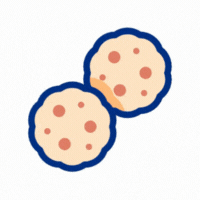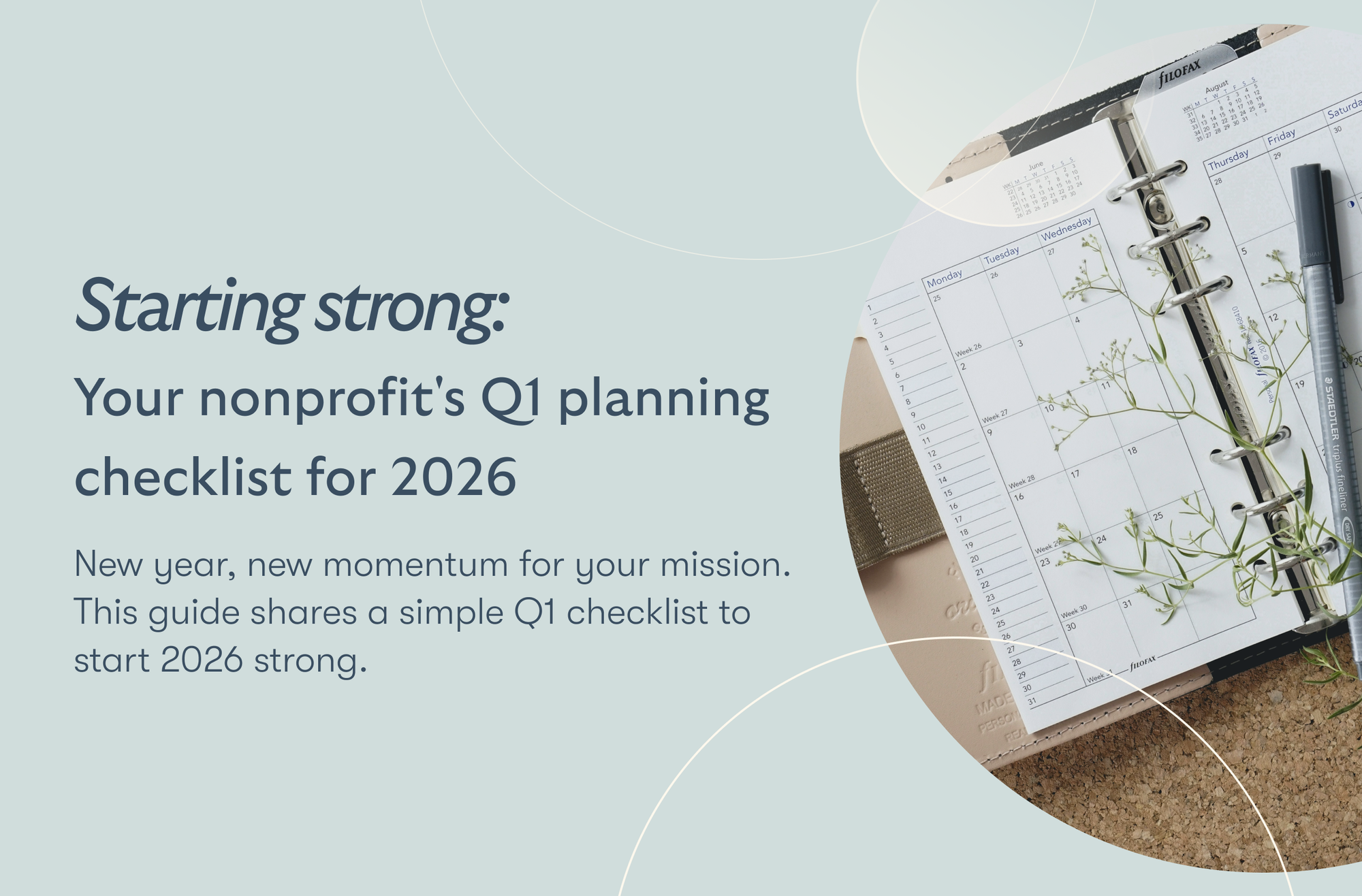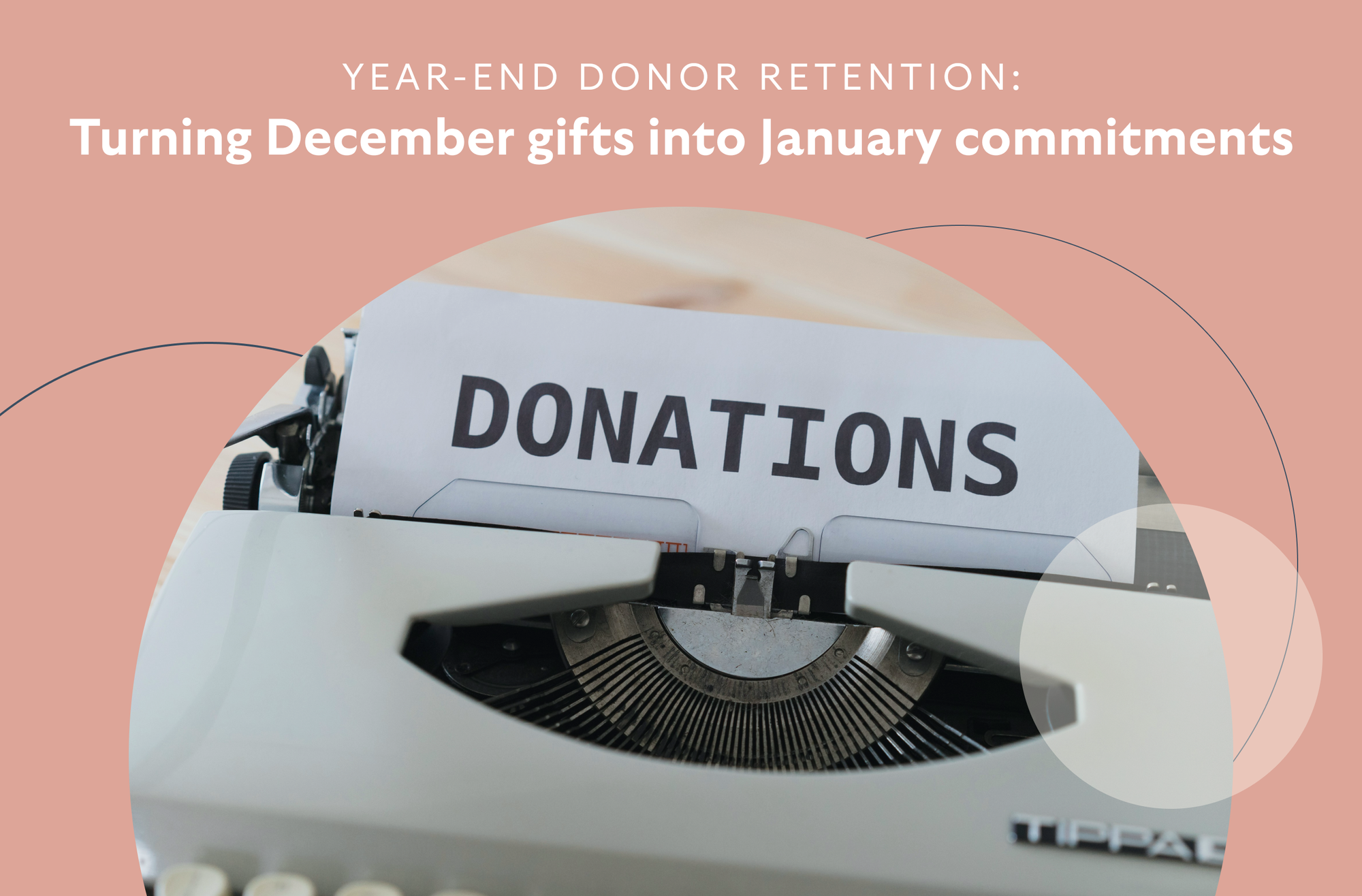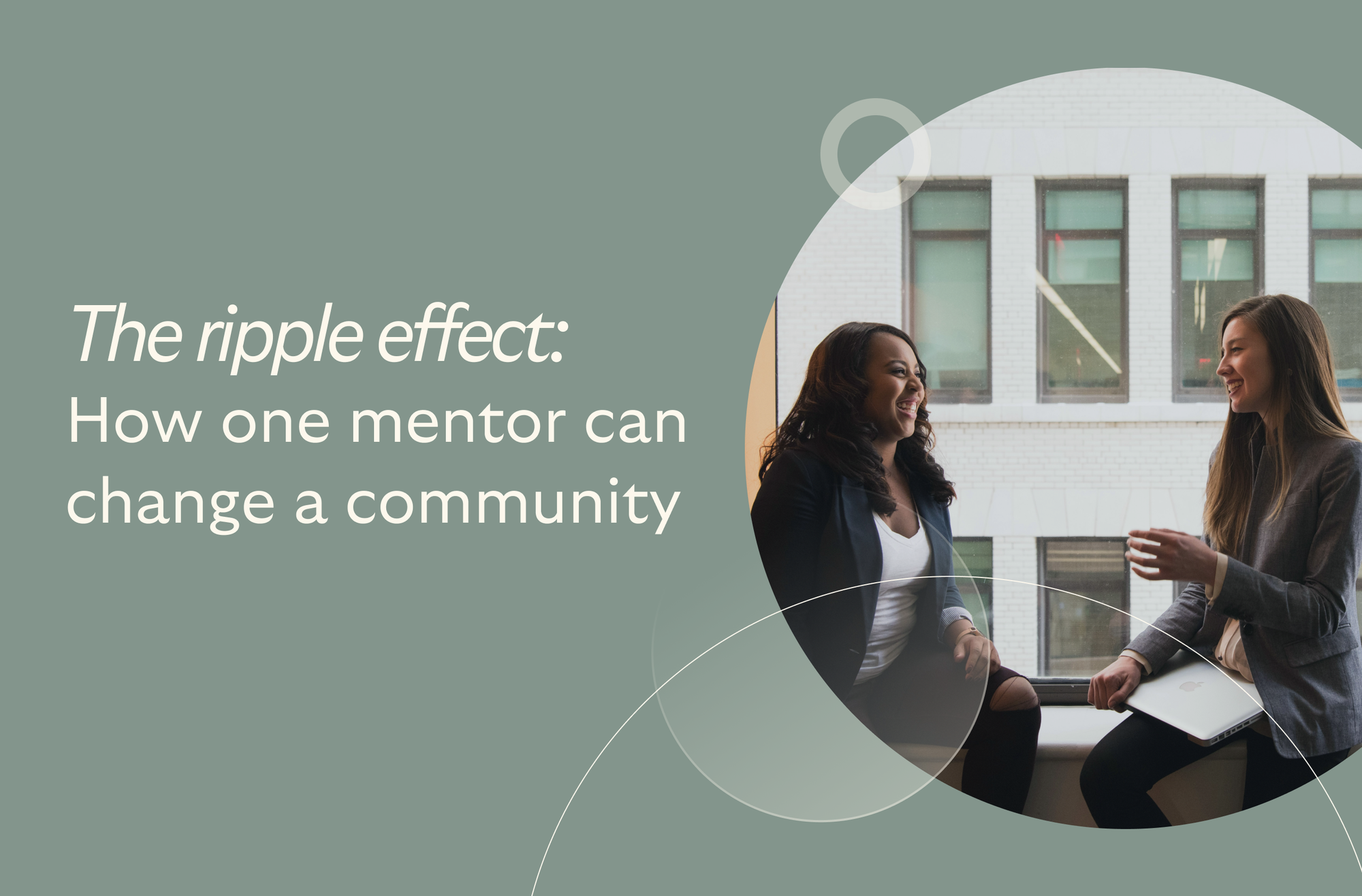Select and customize the fundraising method best suited for your organization
BetterWorld seamlessly integrates with both online and in-person auctions
Impress donors with creative raffle items and elegant online raffles
Create attractive donation pages that maximize donor impact and boost online giving
How to Use Email Marketing to Promote Nonprofit Fundraisers?
By Whit Hunter
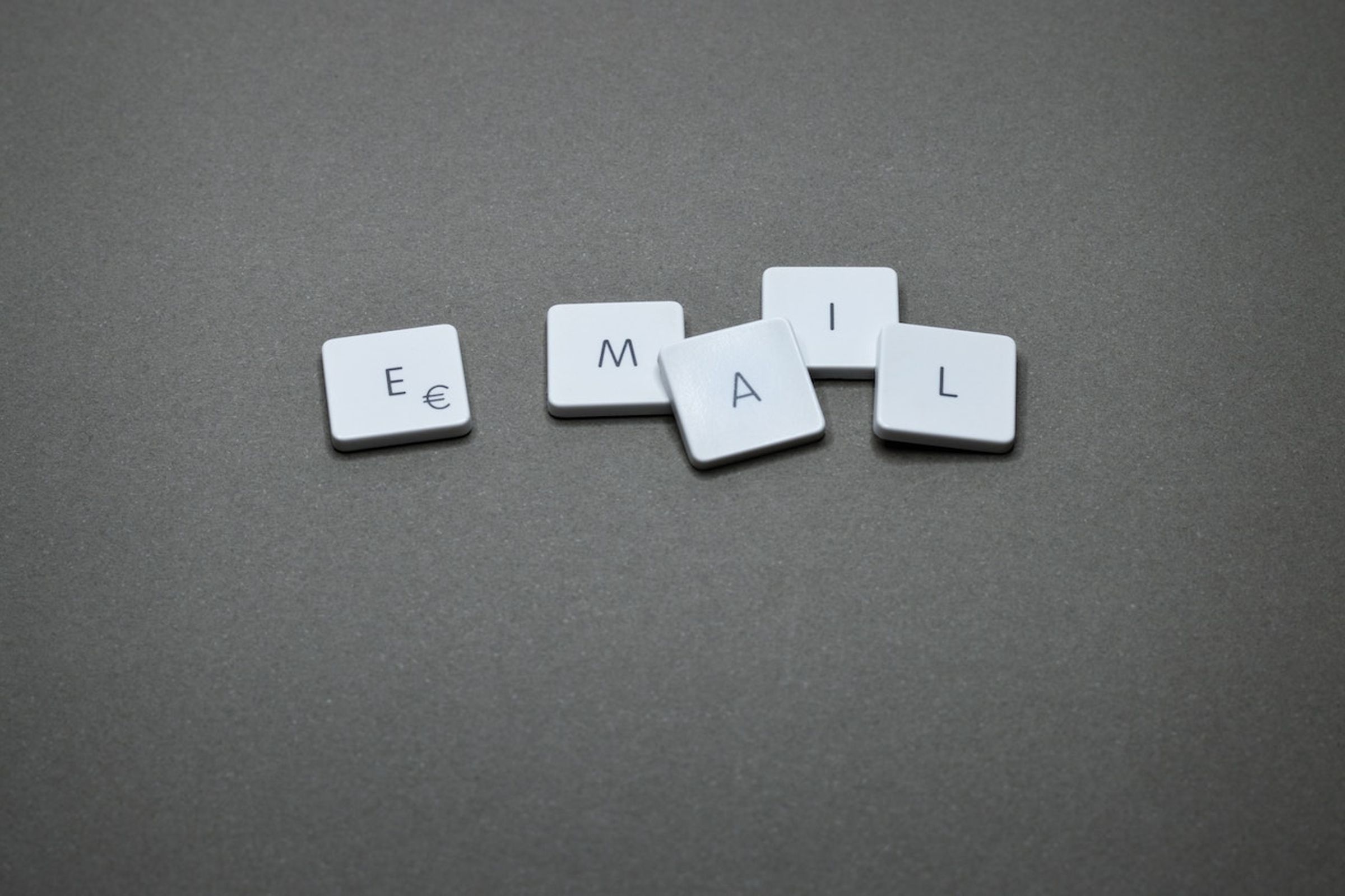
If you're a nonprofit worker, chances are you're juggling multiple roles and constantly seeking ways to boost your fundraising efforts. Effective communication with supporters is a key element in achieving this goal, and that's where email marketing can be an invaluable tool.
It provides a reliable means of keeping donors informed and engaged. However, navigating the ins and outs of email marketing can be daunting.
Fear not! In this blog post, we'll address common questions and provide insights into best practices for successful email marketing in the nonprofit sector.
Why is Email Marketing Important for Nonprofits?
Email marketing is one of the most effective ways for you to reach out to your donors and supporters and keep them informed about your activities and accomplishments. The tool helps you communicate with your supporters; the best part is that it doesn’t break the bank.
There are also several other reasons why email marketing is important for nonprofits:
- It's generally less expensive than direct mail or other forms of outreach.
- You can segment your audience and target your messaging according to the segments.
- You can strengthen relationships with your supporters over time.
As a nonprofit, you can make the most of your email marketing efforts and achieve your fundraising goals by following email marketing best practices and using data to inform your strategies.
Email Marketing Best Practices for Nonprofits
Build a Contact List
Email lists have been found to have a higher conversion rate than social media or other forms of online advertising. This means that people on your email list are more likely to donate or take other actions than people who see your organization's message on social media.
But it's not just about the numbers. Building an email list also allows you to build relationships with your supporters. By regularly communicating with them via email, you can take them along on the journey of your organization's work and show them the impact their donations are having.
This can make them feel a part of your organization and encourage long-term support.
If you want to make the best of email marketing, then you certainly need to start with building an email list, but before you do, get people’s consent.
Get Proper Consent
Before you get on with building an email list, it’s always best to take the consent of those you’re trying to add to the list. It’s not only ethical but also makes people trust you more with their support for your organization.
You can use the following ways to take consent from people you intend on adding to the email list:
- You can offer something of value to potential subscribers, such as a free ebook, in exchange for their email address.
- Use social media to promote your email list and encourage people to sign up. You can post about the benefits of subscribing, such as exclusive content or early access to events.
- Make people fill out opt-in forms on your website to collect email addresses from interested individuals. These forms should be clear and easy to use and should provide information about what subscribers can expect to receive.
- You can even collect email addresses at events, such as fundraisers or conferences, by having sign-up sheets or collecting business cards.
Segment Your Donors
Just like how every individual has unique needs and preferences, so does your audience. It's crucial to assess what information needs to be conveyed to whom.
For instance, a repeat donor doesn't require an introduction to the significance of making their first contribution, unlike someone new to donating.
This is where the power of segmenting your email list comes in. It's an essential feature to look for in an email service provider to ensure that your messages remain crystal clear and personalized.
You can also leverage segmentation to fine-tune the frequency of your communication.
Here are some of the categories based on which you can segment your donors.
1. Donation History
It takes eight or more touchpoints with supporters before they make the first donation. Once they’ve donated, it’s your responsibility as a nonprofit to engage with them with personalized and creative messages to make them donate the following year as well.
According to data, only 23% of donors donate a second time, so making use of the power of emails is essential here.
This is why segmenting donors based on their donation history is important. You can tailor your messaging based on their interests and the frequency of donations. You can create segments based on different types of donors, such as recurring donors, lapsed donors, and major donors.
The first essential step after receiving the first donation is sending a personalized thank-you note to the donor so they feel seen and appreciated. You can even offer them exclusive opportunities based on their giving level and even turn them into repeat donors.
2. Interests
Not all users are alike; this is why you segment them based on their interests and send emails that are just enough. You can group the segments based on their interests, like people who were past attendees or volunteers.
You even track their online behavior by seeing the open rates for your past five emails. This means you can tailor your email content based on their interests or past behaviors.
The data from Mailchimp suggests that segmentation increases your open rates by 20%, so it is only wise to do so.
The best way to do this is by creating one segment with multiple groups to avoid double sends, cut costs on the email service provider, and personalize your messages even more.
3. Location
Segmenting email lists based on donor location can help you better target your messaging and improve engagement with your audience. Firstly, decide how you want to segment your email list based on the donor location.
For example, you may want to segment donors by state so you can send targeted messaging related to state-specific initiatives or events. Alternatively, you may want to segment donors by country so you can send messaging related to international efforts.
Once you've segmented your list based on location, create targeted messaging that speaks to the interests and needs of donors in each segment. For example, if you've segmented donors by state, you might send messaging that highlights local events or initiatives in their area.
4. Donor Type
By segmenting your email list based on donor types, you can send targeted messaging that speaks to the specific interests and needs of each group. This can help improve engagement rates and deepen relationships with donors for years to come.
Here’s how you can segment your list based on donor types:
- Recurring donors
- Lapsed donors
- Major donors
- First-time donors
- Event attendees
- Volunteers
Boost Email Open Rates
Nonprofit organizations get an average open rate of over 25.96% and compared to that the global average open rate is only 6%. This happens because NGOs put much thought into tailoring their email content for each recipient. They pay close attention to email lists and put quality over quantity.
You can do the same for your organization by tailoring your messaging and the frequency of your emails too.
Send Emails at the Right Time
The best way to approach email marketing is to ensure you’re sending emails at the right time. Data from research suggests that different times during weekdays work best for emails because, on weekends, most people choose to relax and disconnect.
You can also ask your audience about their preferences to further boost your open rates. This helps you send emails at the right time to the right supporters and donors and even raise funds along the process.
Try BetterWorld’s robust suite of charity & nonprofit fundraising tools for FREE!
Craft Compelling Subject Lines
35% of email recipients open emails based on the subject lines alone.
This shows your whole email marketing campaign will fall flat if you’re unable to make people open your emails.
The subject lines are the shortest piece of content in your whole email, but the part where you should spend the most time figuring out the exact combination of mystery, urgency, excitement, and allure to get those readers to open your emails.
Here’s what you can do to write the best subject lines:
- Make them descriptive
- Avoid all caps
- Avoid clickbait
- Keep them short
- Create a sense of urgency
- Avoid spam words
Write Engaging Email Content
If you’re a nonprofit supporting a cause, then you have a story to tell. You need to know that storytelling is your best bet for writing engaging email content. Make it interesting and take the readers on that journey with you.
If you’re new and you want people to take an XYZ action from your emails, then use your story, use the people behind that story to drive that action. You tell people your story and tell how it affected you and how it is important for you to support that cause.
This is how you get people to become donors and support your cause.
Include Social Sharing Buttons
If you want a high click-through rate (ctr) on your emails, then you need to add big, bold buttons rather than hyperlinks on texts. There’s a reason why buttons work better than links:
- easy to click with fingers
- easy to see
- bullet-proof
The click-through rates are key performance indicators of how your email campaign is performing and with buttons, you can achieve a higher CTR which is an indicator that your campaign is doing well.
Optimize for Mobile
According to recent studies, mobile devices account for over 61.9% of email opens, and this trend is expected to continue in the future. This means that if your emails are not optimized for mobile devices, you could be missing out on a significant portion of your audience, and if your emails are not mobile-friendly, you risk losing engagement and donations.
Mobile optimization also improves the user experience for recipients, which is crucial for maintaining their interest and engagement with your organization. A well-designed mobile email that is easy to read and navigate will lead to a better user experience and a more positive perception of your nonprofit.
Avoid Spamming Subscribers
One of the best ways to avoid spamming your subscribers is by building genuine email lists and not buying them online. Doing this provides you an opportunity to connect with subscribers and also take their consent before adding them to the list.
Signing up for a newsletter means the subscribers have given you their permission to be on it, but if you’ve bought a list from somewhere, then people will be triggered by your unsolicited emails, and they will automatically mark them as spam.
Also, as we discussed above, segmenting your subscribers into lists will mean you won’t double-send your emails and will not send irrelevant emails either. This is a way to bulletproof your emails from being marked as spam.
Finally, you should test your email for optimization of subject lines, sender name, layout, copy, and call-to-action. Doing so will let you analyze what emails are working and what are not and make your campaign more effective.
Add an Unsubscribe Option
Always add an unsubscribe option, always. We can’t emphasize this enough. What an unsubscribe link does is increase your credibility as a sender and minimize the chances of your newsletter being marked as spam.
This is one of the best practices of email marketing, and as a nonprofit, you must abide by this rule.
Follow-Up with Thank-You Emails
Thank-you emails are super important because they make the donors and supporters feel seen and validated. These emails serve as a warm reminder that your organization views them as valued members and that they’ve made an impact with their donations.
A thank-you email also makes the subscribers feel a human-to-human connection and thus it increases the chances of repeat donations.
As a nonprofit, you thrive on donor funds, so making them feel appreciated means you value their funds and that you want them to continue their support. This will encourage them to become repeat donors and provide their support for years to come.
Final Thoughts
Email marketing is a great way for nonprofits to promote their fundraisers effectively. By following the tips discussed in this blog, you can create compelling and targeted email campaigns that engage supporters and drive donations.
It's essential to understand your audience, segment your email list, craft persuasive and personalized messages, and use effective calls to action to encourage action from your recipients.
Don't forget to analyze your email marketing performance and track your results to identify what's working and what's not. Use the insights you gain to refine your approach and optimize your future email campaigns for better results.
If you’re looking for an easy-to-use tool that makes the fundraising process seamless, then sign up with BetterWorld to engage and activate online donors and drive better results.

Join 105,000+ amazing nonprofits, organizations, and fundraisers on BetterWorld

Let our FREE fundraising tools help you raise more funds with less effort
